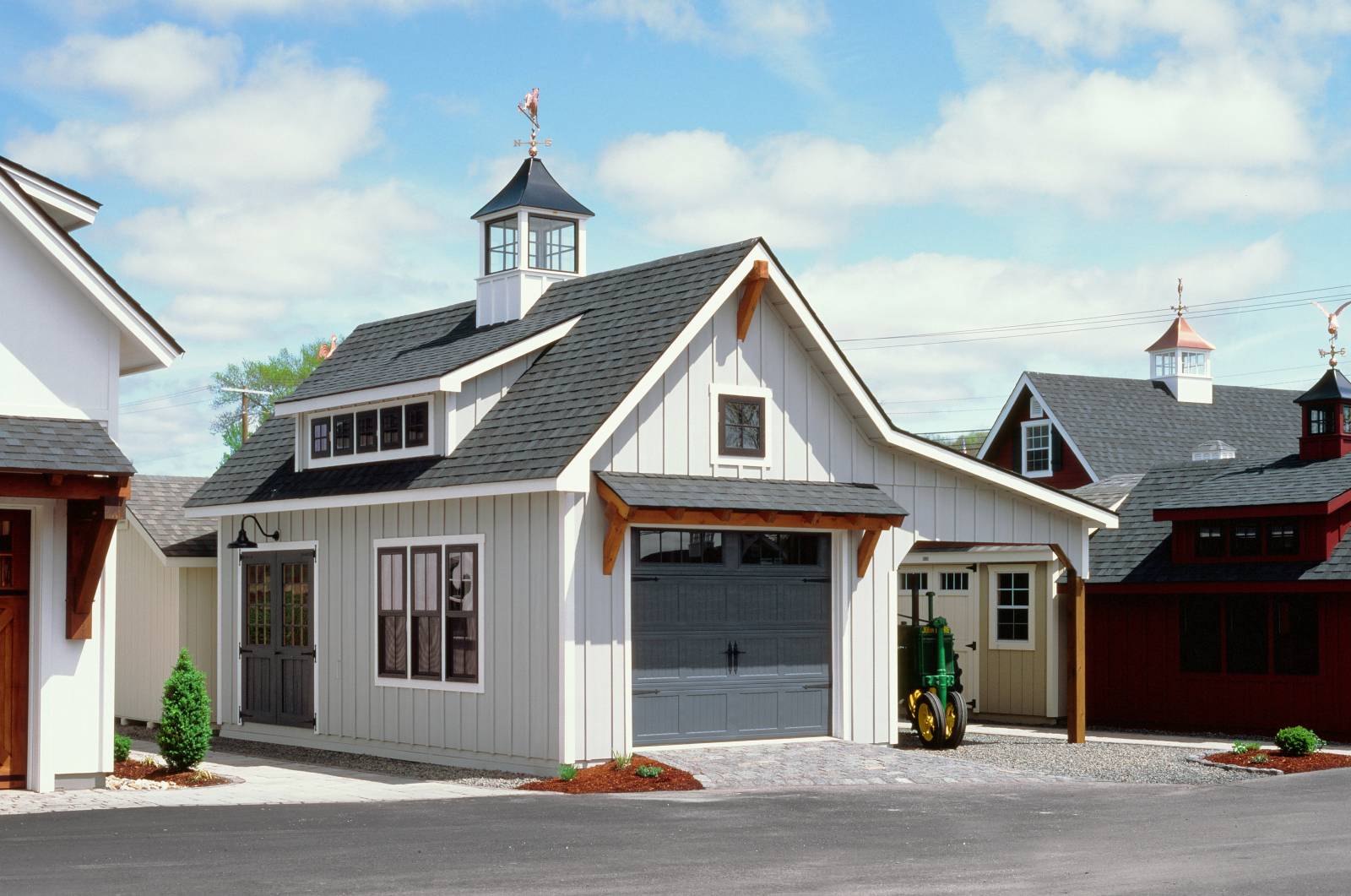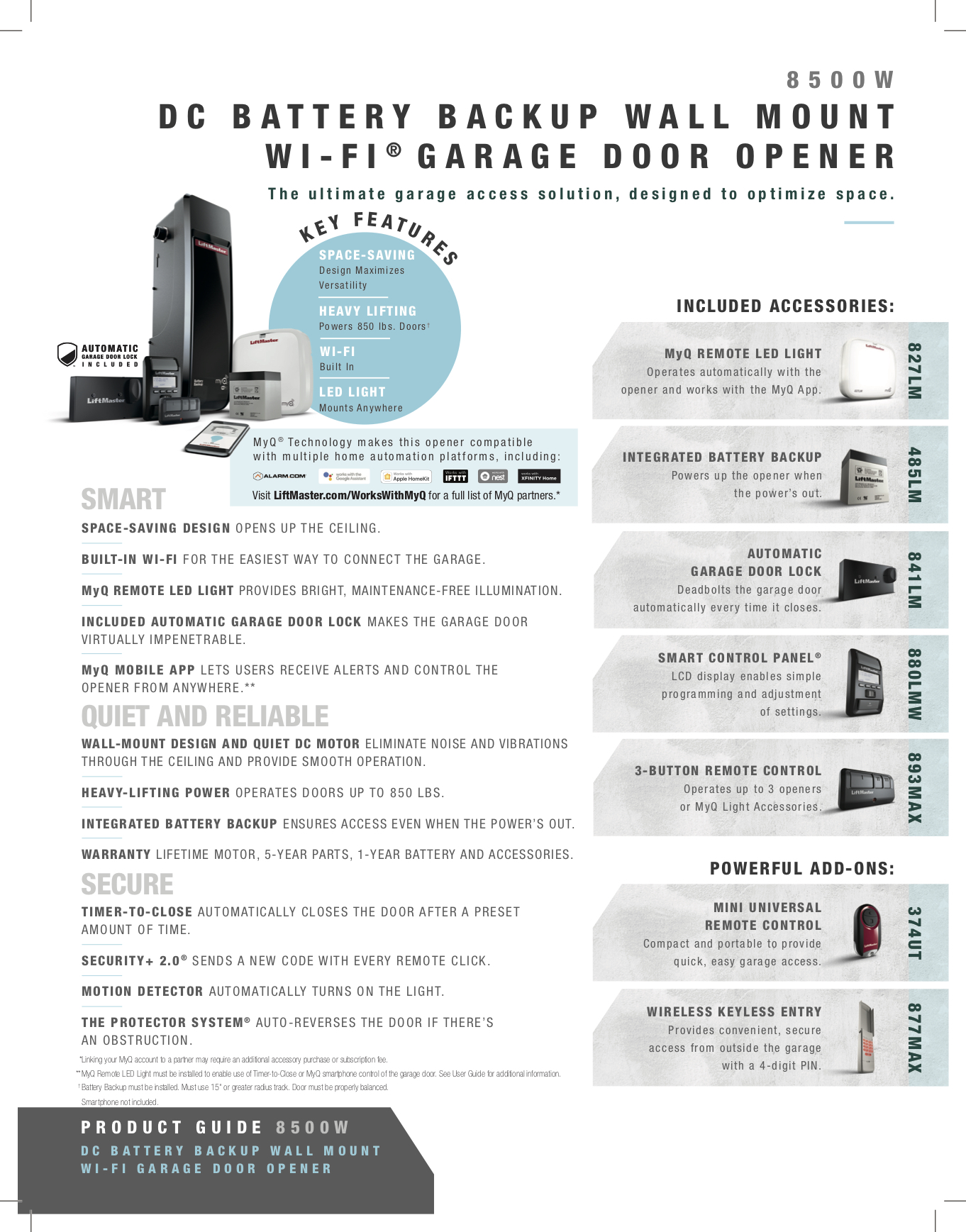
Costs for converting a garage into a living space can vary greatly. This is because the size and the location of the property can affect the amount you'll pay. The cost of a garage conversion in San Francisco may be higher than you think. The total cost of a garage conversion may be lower if you live in Colorado or Minnesota.
The cost to convert a garage depends on several factors. Get at least three estimates so you can determine exactly how much it will run you.
The average garage conversion cost in the United States is $15,017. Prices will vary depending upon where you live. That amount includes the necessary work to get the job done, such as new windows, floors, and ceilings. If you need a kitchen or bathroom, you'll also have to factor in the costs of appliances and plumbing.

You will need to do more than just remodel your garage. You will need to put in lots of windows, level the floor, and finish off with ceiling tiles. In general, laminate and vinyl flooring will cost at least $5 per sq foot, while tile will cost $7 per sq foot, and hardwood flooring will cost $15 per sq foot.
A garage conversion project can be expensive, but it should provide enough value to justify your investment. Even if the goal is not to sell your home, it can improve your resale values. You can make a great investment in a garage to earn rental income. A well-finished garage can serve as an extra room for guests, a playroom for kids, or even a home office.
In addition to the cost of a garage conversion, you'll have to figure in the cost of adding an HVAC system, insulation, and plumbing. You may need to apply for a building permit depending upon where you live. You can begin construction once you've obtained the permits.
Costs for garage conversions vary depending on where you live, what features you want, how many materials you use, and whether the work is being done by someone else or you. It will depend on many things, including whether or not the new living space adds to the house's value. Some municipalities prohibit garage conversions.

Contacting a local contractor is the best method to estimate the cost for a garage conversion. Two-car garages are on average about $86 per sq. foot. A one-car garage is approximately 240 sq. feet.
FAQ
What should I do with my current cabinets?
It depends on whether you're considering selling your home or renting it out. If you intend to sell your home, you will likely need to remove and refinish cabinets. This gives buyers the impression that they're brand new and helps them envision their kitchens after moving in.
You should not put the cabinets in your rental house. Tenants often complain about having to clean up dishes and fingerprints from previous tenants.
You could also paint the cabinets to give them a fresh look. Be sure to use high quality primer and paint. Low-quality paints can become brittle over time.
How much would it take to gut a house and how much to build a brand new one?
Gutting a home removes everything inside a building, including walls, floors, ceilings, plumbing, electrical wiring, appliances, fixtures, etc. It is often done when you are moving to a new location and wish to make some improvements before you move in. Gutting a home is typically very expensive because so many things are involved in doing this work. Your job may require you to spend anywhere from $10,000 to $20,000 to gut your home.
Building a home is where a builder builds a house frame by frame, then adds walls, flooring, roofing, windows, doors, cabinets, countertops, bathrooms, etc. This is often done after purchasing lots of land. Building a home can be cheaper than gutting. It usually costs around $15,000-$30,000.
It all comes down to what you want to do in the space. You'll likely need to spend more money if you want to gut a property. However, if you want to build a home, you won't have to worry about ripping everything apart and redoing everything. You can design it yourself, rather than waiting for someone else.
What's the difference between a remodel or a renovation?
Remodeling is the major alteration to a space or a part of a space. A renovation is a minor change to a room or a part of a room. For example, a bathroom remodeling project is considered a major one, while an upgrade to a sink faucet would be considered a minor job.
Remodeling is the process of changing a room or part of it. A renovation is merely changing something in a particular room. Kitchen remodels can include changing countertops, sinks, appliances and lighting. You could also update your kitchen by painting the walls, or installing new light fixtures.
Why should I renovate my house instead of buying a new one.
Although it is true that houses become more affordable every year, you still pay for the same area. Even though you may get a lot of bang for your buck, you also pay a lot for that extra square footage.
Maintaining a house that doesn’t need much maintenance is cheaper.
Remodeling can save you thousands over buying a new house.
Remodeling your home will allow you to create a space that is unique and suits your life. You can make your home more comfortable for you and your family.
Are you able to spend $30000 on a kitchen renovation?
A kitchen remodel costs anywhere from $15000 up to $35000 depending on what you are looking for. Expect to spend over $20,000. For a complete kitchen renovation. However, if you want to update appliances, replace countertops, or add lighting and paint, you could do it for under $3000.
An average cost for a complete renovation is between $12,000-$25,000. But there are ways to save money without compromising quality. For example, you can install a new sink instead of replacing an old one, which costs approximately $1000. You can also buy used appliances at half the cost of new ones.
Kitchen renovations take more time than other types. So plan accordingly. It is not a good idea to begin work in your kitchen and realize that you will run out of time.
The best thing is to get going early. Begin by looking at all options and getting estimates from multiple contractors. Next, narrow your options based on price and availability.
After you have found potential contractors, get estimates and compare prices. Sometimes the lowest bid doesn't necessarily mean the best. It's important to find someone with similar work experience who will provide a detailed estimate.
Remember to include all the extras when calculating the final cost. These may include additional labor, material charges, permits, etc. Be realistic about what you can afford and stick to your budget.
You can be open about your dissatisfaction with any of these bids. If you don’t like the first bid, let the contractor know and offer to give it another chance. Don't let pride get in the way when you save money.
What order should you renovate your house?
First, the roof. The second is the plumbing. Third, the wiring. Fourth, walls. Fifth, floors. Sixth, the windows. Seventh, the doors. Eighth, the kitchen. Ninth are the bathrooms. Tenth, the garage.
Finally, you'll be ready for the attic after you've done all these things.
You can hire someone who will help you renovate your house if you are not sure how. You will need patience, time, and effort when renovating your own home. It can also be expensive. It will take time and money.
Renovations aren't cheap, but they can save you tons of money in the long run. Beautiful homes make life more enjoyable.
Statistics
- 55%Universal average cost: $38,813Additional home value: $22,475Return on investment: 58%Mid-range average cost: $24,424Additional home value: $14,671Return on investment: (rocketmortgage.com)
- According to a survey of renovations in the top 50 U.S. metro cities by Houzz, people spend $15,000 on average per renovation project. (rocketmortgage.com)
- Attic or basement 10 – 15% (rocketmortgage.com)
- Windows 3 – 4% Patio or backyard 2 – 5% (rocketmortgage.com)
- 5%Roof2 – 4%Standard Bedroom1 – 3% (rocketmortgage.com)
External Links
How To
How to Install Porch Flooring
Although porch flooring installation is simple, it requires some planning and preparation. Laying a concrete slab is the best way to install porch flooring. But, if you don’t have the concrete slab available, you could lay a plywood board deck. This allows porch flooring to be installed without the need for a concrete slab.
Before installing porch flooring, you must secure the plywood as the subfloor. You will need to measure the porch's width and cut two strips of plywood equal to it. These should be laid along the porch's sides. Next, nail them down and attach them to your walls.
Once the subfloor is secured, prepare the area for the porch flooring. This typically involves cutting the top layer of floorboards to the desired size. Finish the porch flooring by applying a finish. A common finish is a polyurethane. A stain can be applied to porch flooring. Staining your porch flooring is much simpler than applying a final coat of paint. After the final coat has been applied, you will only need to sand it.
Once you have completed these tasks, you can finally install the porch flooring. Start by measuring and marking the location of the porch flooring. Next, measure and mark the location of your porch flooring. Then, fix the porch flooring to its place using nails.
If you need to give your porch more stability, porch stairs can be installed. Like porch flooring, porch stairs are typically made from hardwood. Some people like to install their porch stairs before they install their porch flooring.
Once you have installed your porch flooring, it is time to complete the project. You will first need to remove the porch flooring, and then replace it with a brand new one. Then, you will need to clean up any debris left behind. Take care of dust and dirt in your home.